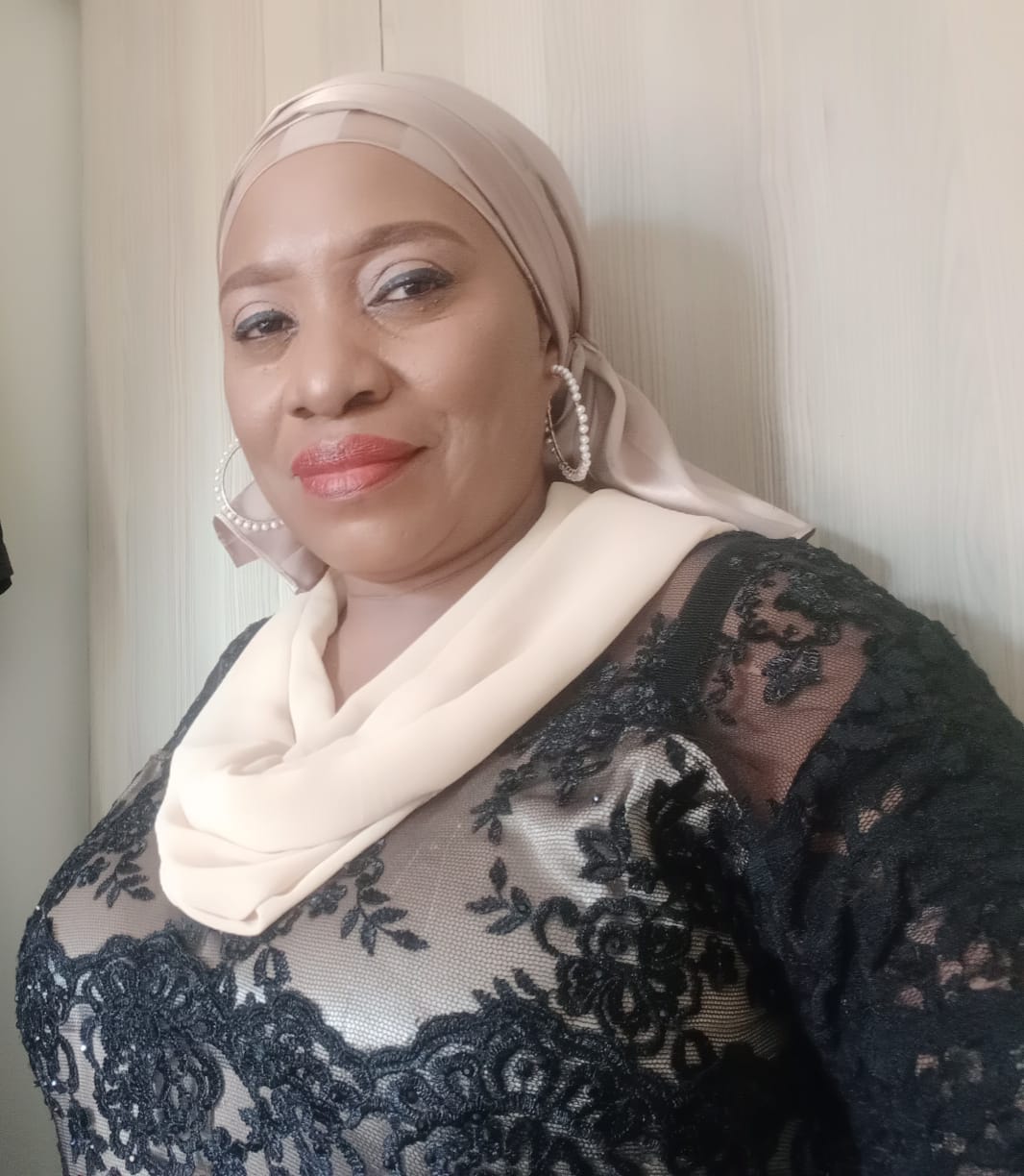
The Media Report Card for the months July to September 2021 was released by Kenyans.co.ke on Friday, December 17, 2021KENYANS.CO.KESSAMUEL OTIENO
The media is a powerful tool that shapes the agenda and influences culture. Relevant studies have also indicated that the media can influence voting.
As Kenya approaches one of its highly contested polls set for August 9, 2022, six top Presidential aspirants have enjoyed more coverage during prime time news in the third quarter of the year (July – September 2021).
Crossfirenews.co.ke over the last four months, researched to ascertain the amount of airtime allocated to each of the six, Deputy President William Ruto (UDA), Raila Odinga (ODM), and the One Kenya Alliance co-principals, Musalia Mudavadi (ANC), Kalonzo Musyoka (Wiper), Gideon Moi (KANU) and Moses Wetangula (Ford-Kenya).
The conclusive report dubbed Media Report Card July – September 2021 released by Crossfirenews.co.ke on Friday, December 17, analyses the coverage of the six aspirants by top TV stations, Citizen TV, KTN News, NTV, Inooro TV, TV 47, and K24 TV.

The Nation Centre building in Nairobi’s Kimathi Street where the Nation Media Group offices are located.
In generating the data, the report relies on the YouTube Channels of the leading television stations in the country for its analysis. YouTube uploads by media outlets are indicative of the type of news they report.
The model adopted can, however, be extended to other media platforms and be analyzed for a bigger social network.
The study was performed in two stages. In stage one, the overall time is allocated to each of the aspirants in the third quarter of the year 2021. Ideally, media outlets should report fairly to their consumers.
In stage two, the report analyses the monthly airtime allocated to each of the aspirants per station, indicating the percentages of positive and negative coverages.
This goes a long way in further analyzing how media outlets subtly condition news consumers in both positive and negative overtones i.e. the news consumers may get conditioned to be in line with the media outlet’s view on a subject or may get conditioned to have an opposite view for the media outlet’s view.
As seen employing analysis in this report, media outlets are responsible for an opinionated mechanism of news reporting which has a deleterious impact on its consumers. In essence, a big fraction of the media audience is conditioned through ‘biased’ polar coverage.
This shows that an alarming number of people get conditioned by polar, subjective, and biased news every day, something which goes past the naked eye of humans.
In today’s world where liberalization of the media has made people’s lives extremely easy, care must be taken to avoid misuse of the dependence on such media. The audience should not blindly trust media sources and use their rationale before developing an opinion on an issue.
This report aims at helping the audience detect fair and balanced coverage in Kenyan television stations. The study thus shows how the media conditions and influences the opinions of its news consumers as aforementioned.
This justifies the need for a platform to provide safe and healthy balanced news to the consumers so that they are not misguided and conditioned by biased media outlets.










